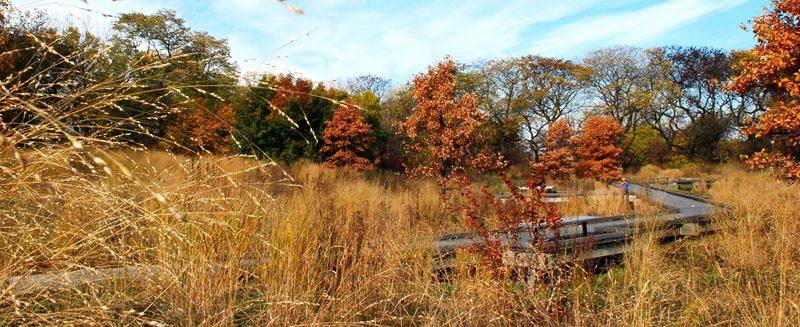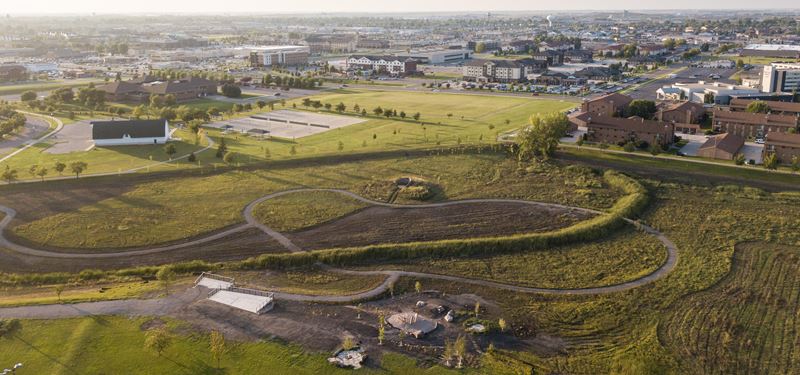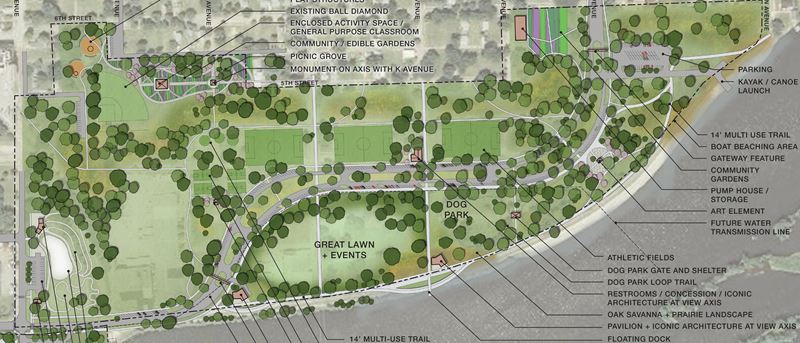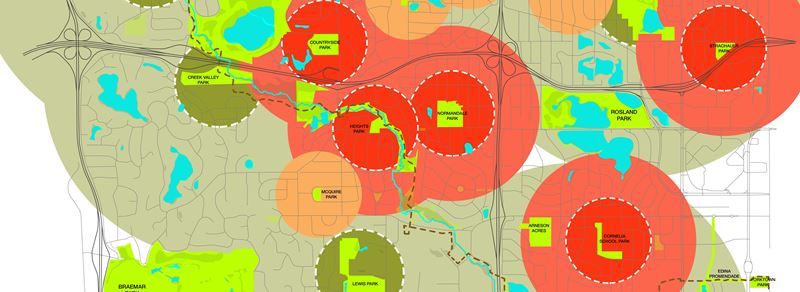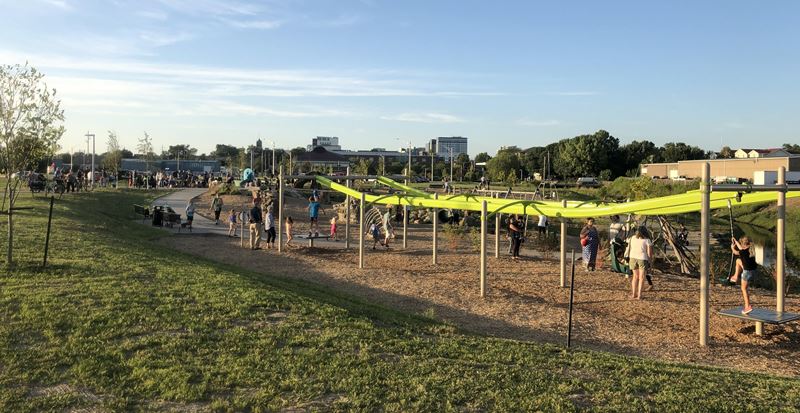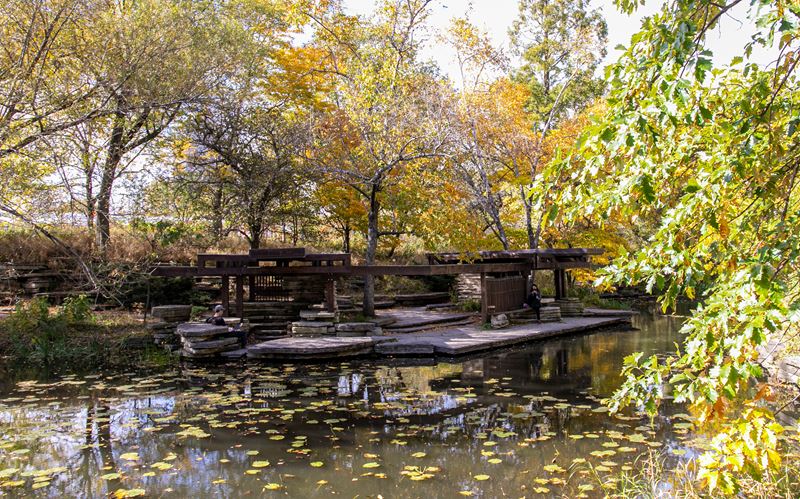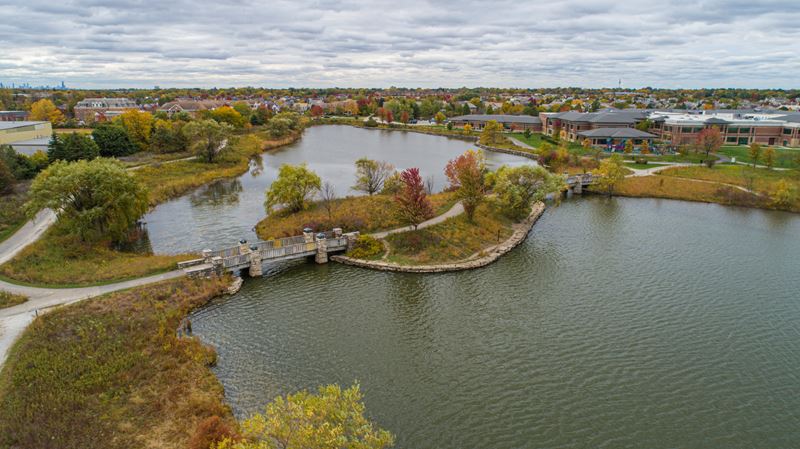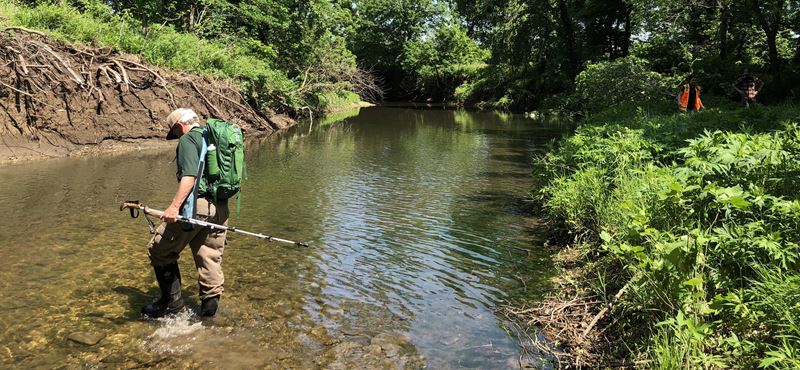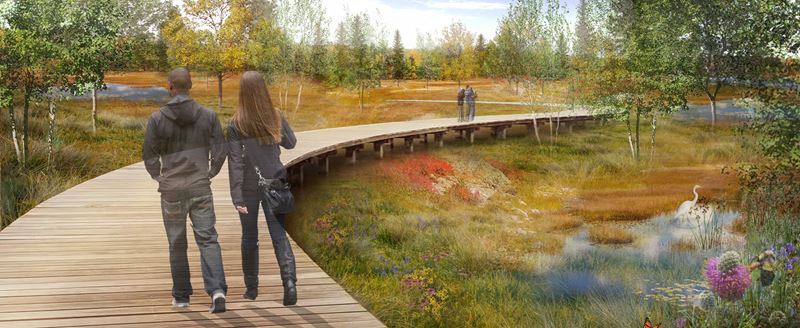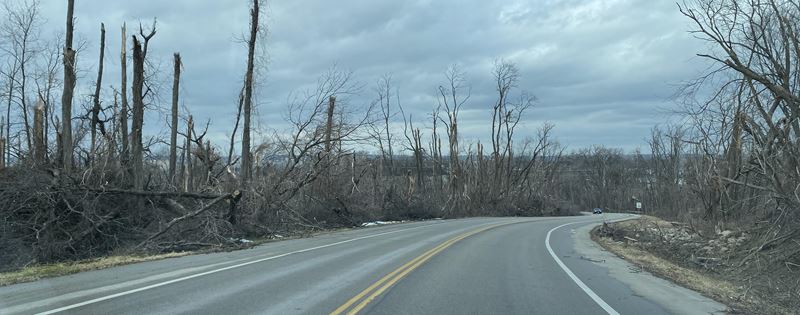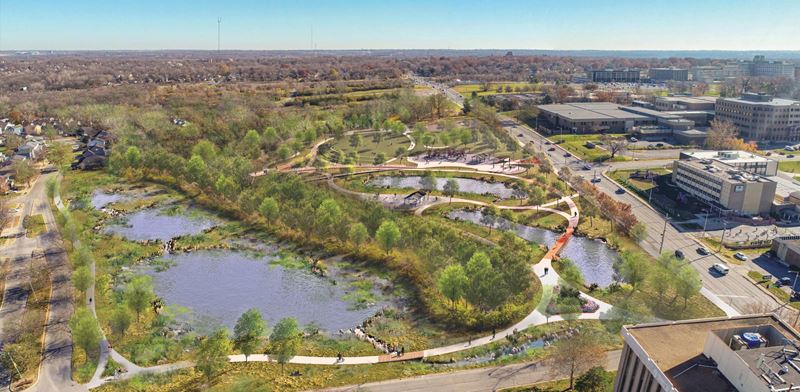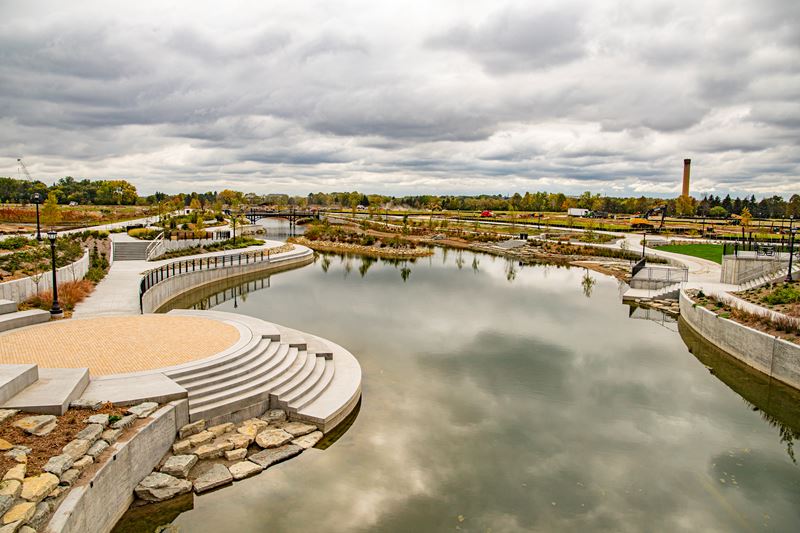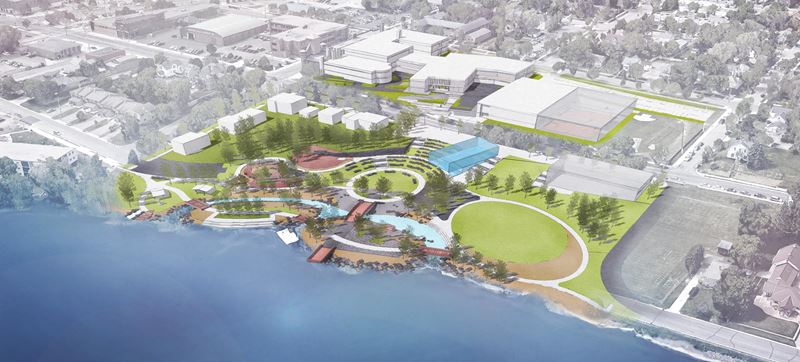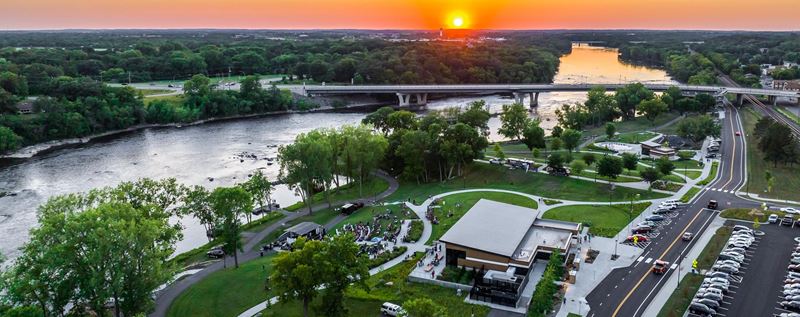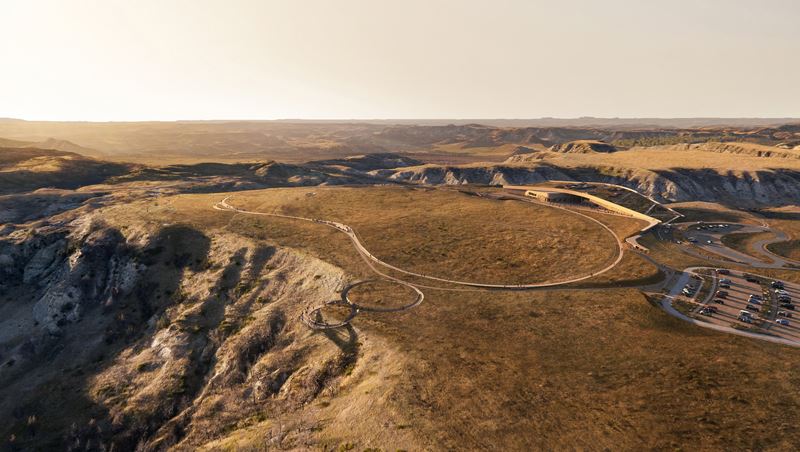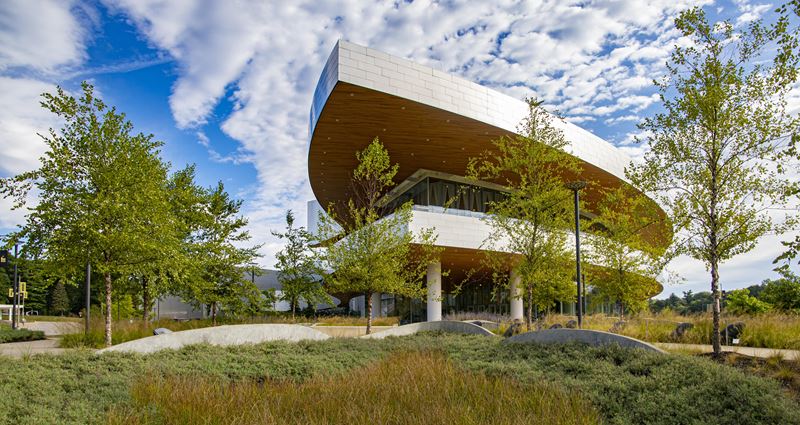Weigand Marina Expansion at Lewis and Clark Lake
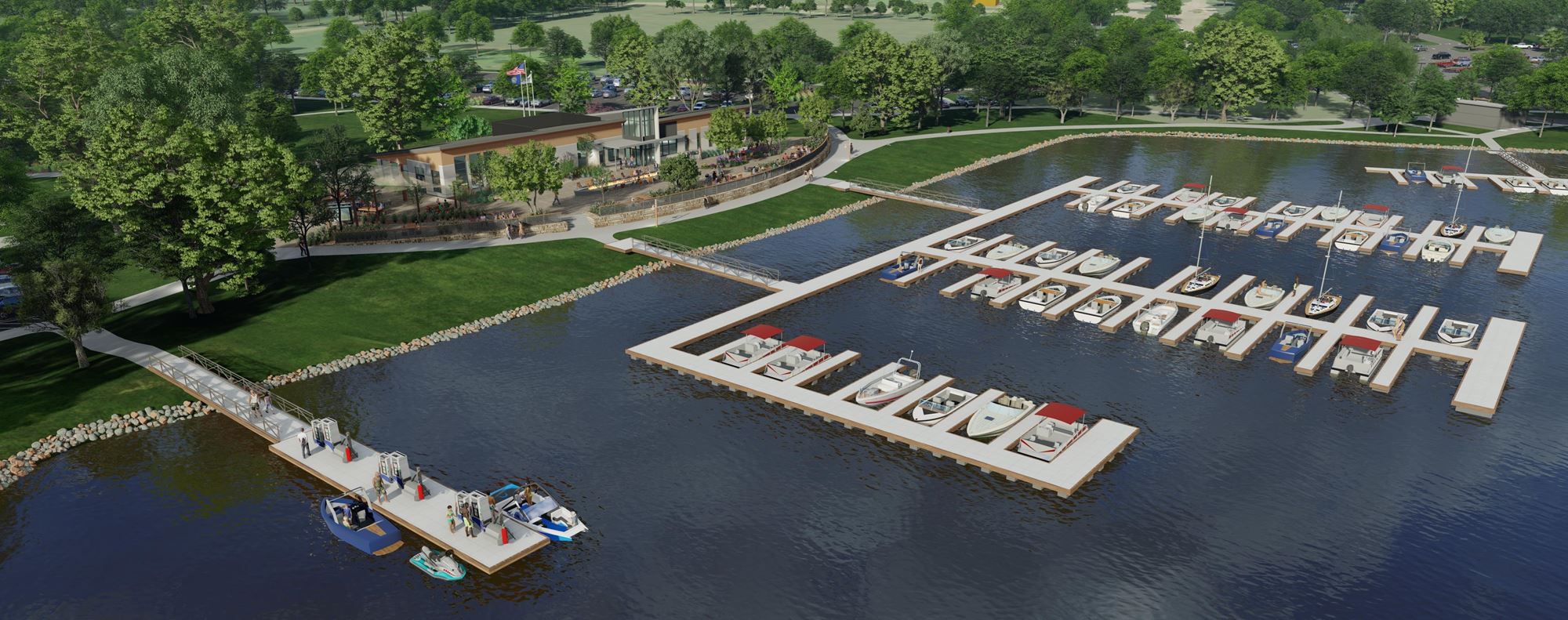
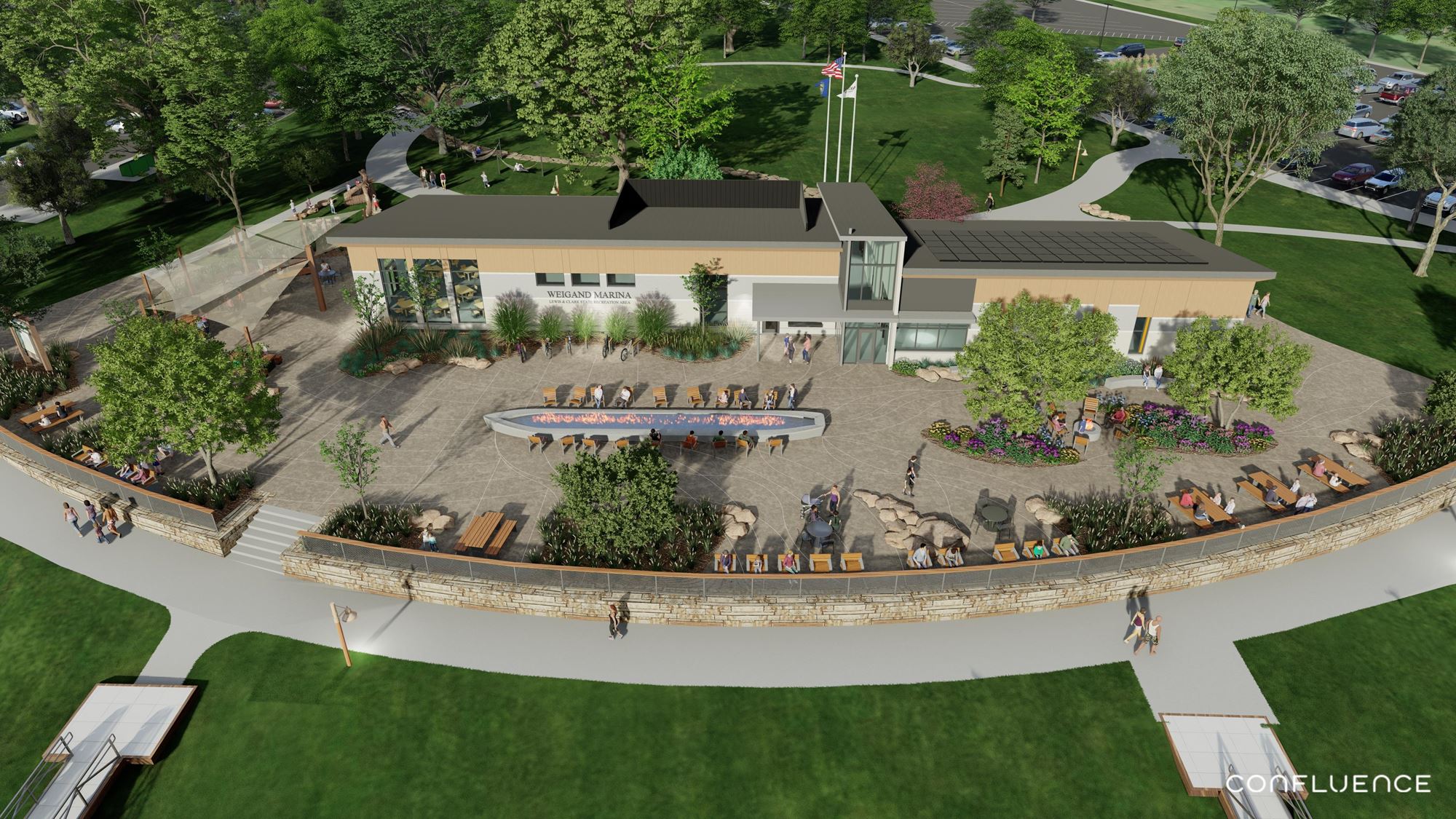
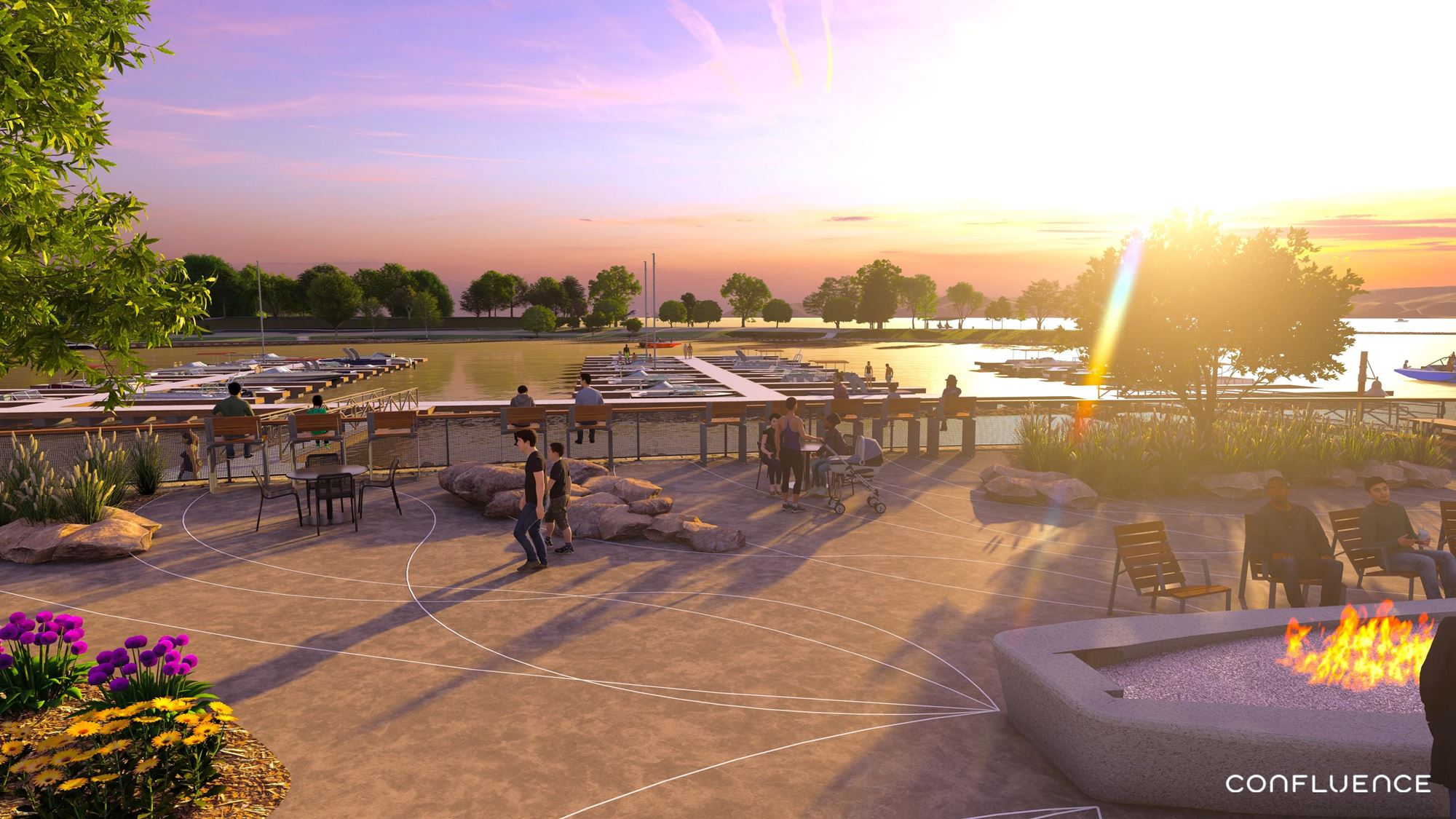
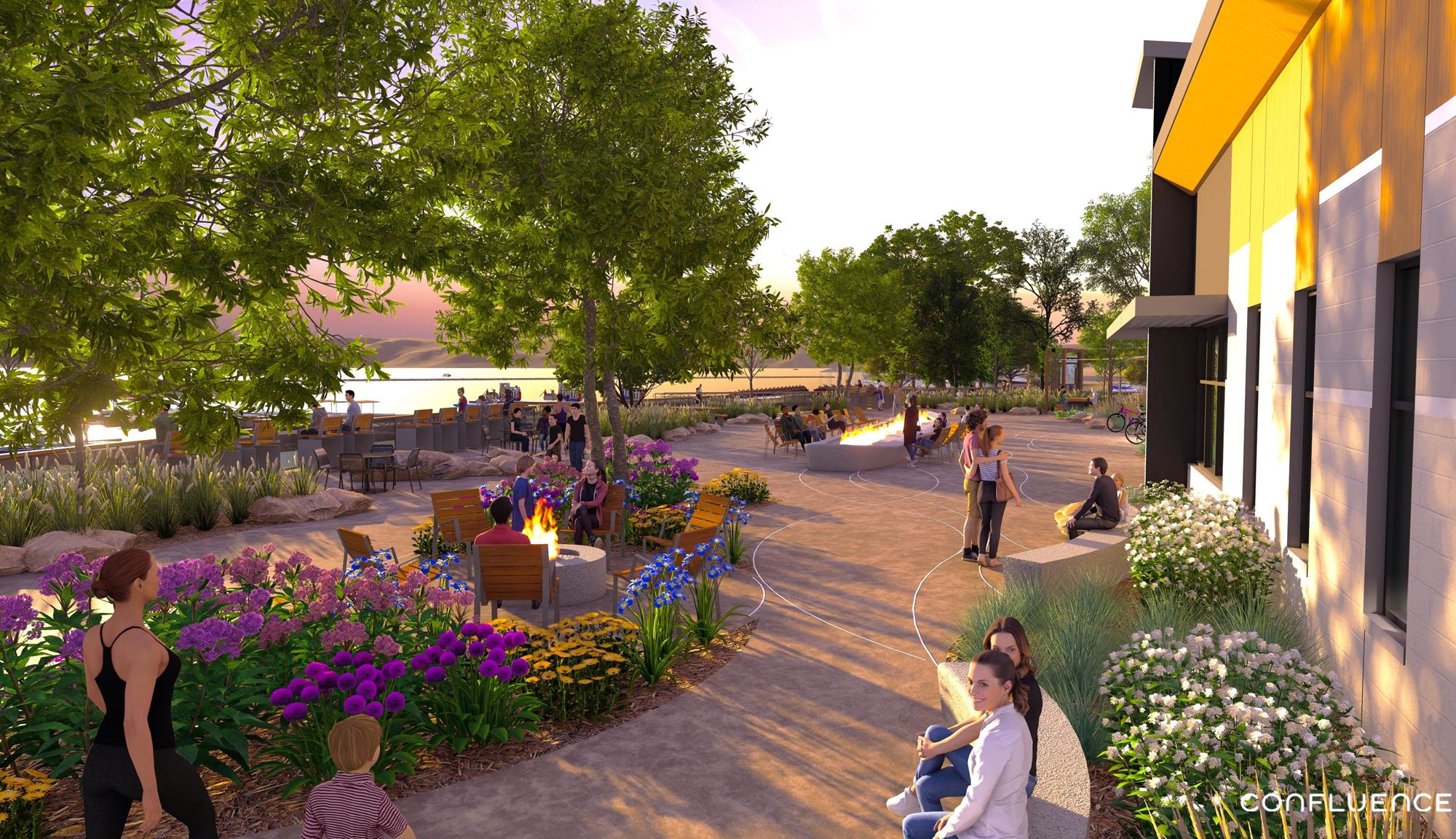 ;
;
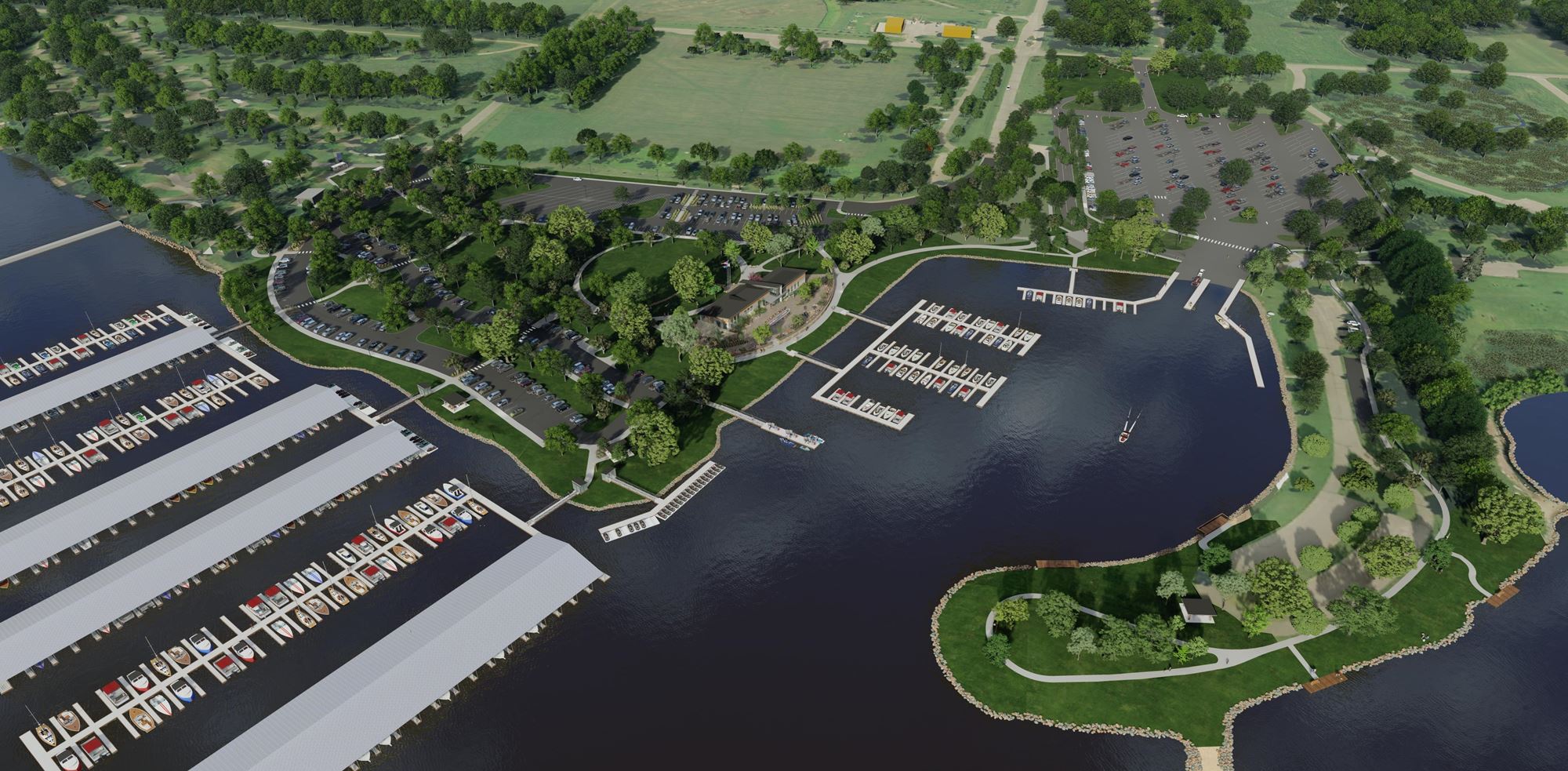 ;
;
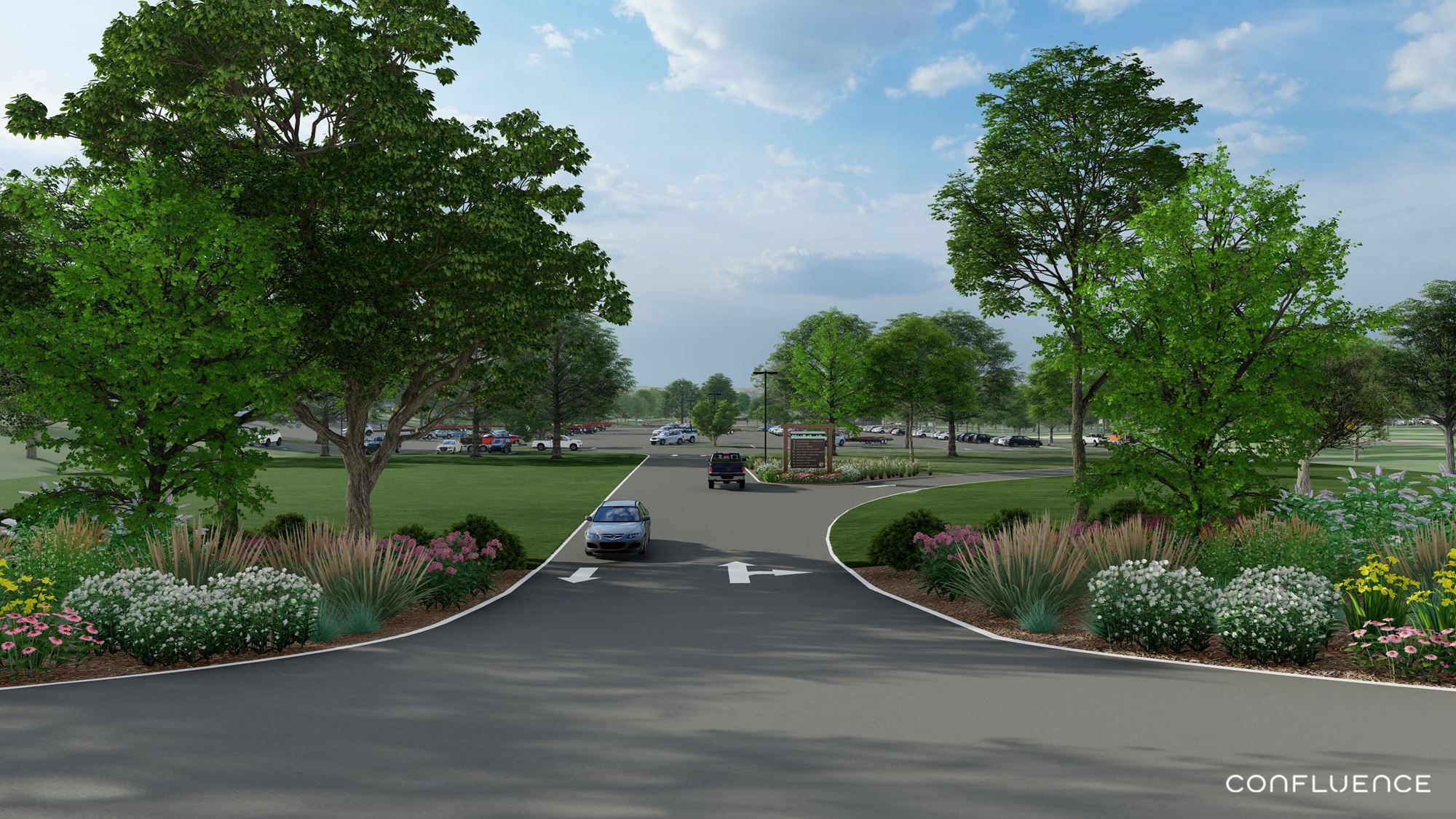 ;
;
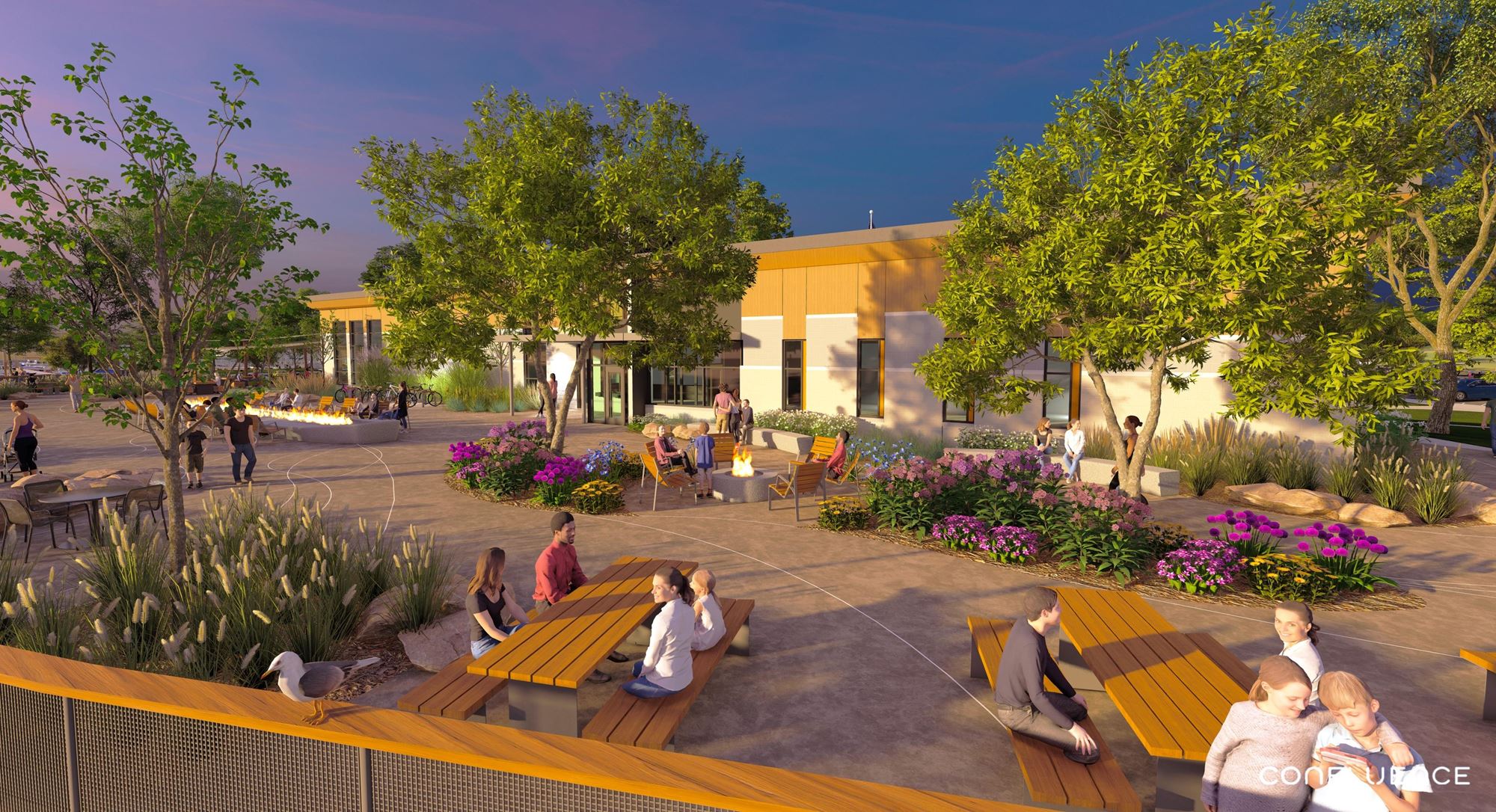 ;
;
Weigand Marina Expansion at Lewis and Clark Lake
Crofton, Nebraska
In response to growing interest along Nebraska’s second-largest reservoir, the Nebraska Game and Parks Commission engaged the Confluence Team to develop a renewed and expanded vision for marina facilities that can accommodate a wide range of recreational uses on and off the water.
The redesign and expansion of Weigand Marina aims to grow and improve marina facilities at Lewis and Clark Lake, a regional destination for boaters, campers, and families. The increased popularity and use of the park showed the need for improved facilities both in the lake and onshore. New features include a headquarters building, amenity plaza, shower house, boat ramp, kayak launch, new boat slips for various sizes and uses, as well as new trails and parking areas to improve accessibility and connectivity.
The new marina design allows for efficient movement and protection of boats, pedestrians, and vehicles within the marina. The 526 slip marina accommodates a matrix of sizes and types of vessels based on user-demand studies, including sailboats, powerboats, yachts, and personal watercraft. Confluence, leading a team of consultants, prepared this master plan based on input from the client, design team, and public stakeholders at both in-person and online public input events. The final design was successful as it minimized environmental disturbances such as shoreline excavation and revetment while creating the most impact for the park. These impacts can be seen in the design of the marina plaza, which acts as the marina’s social heart serving the users in different months of the year and hours of the day while maximizing the marina’s economic viability through the integration of commercial spaces such as waterfront restaurants and cafes. boardwalks were constructed at the two inflow points to capture silt and other debris before it could make its way into the main body of water.

